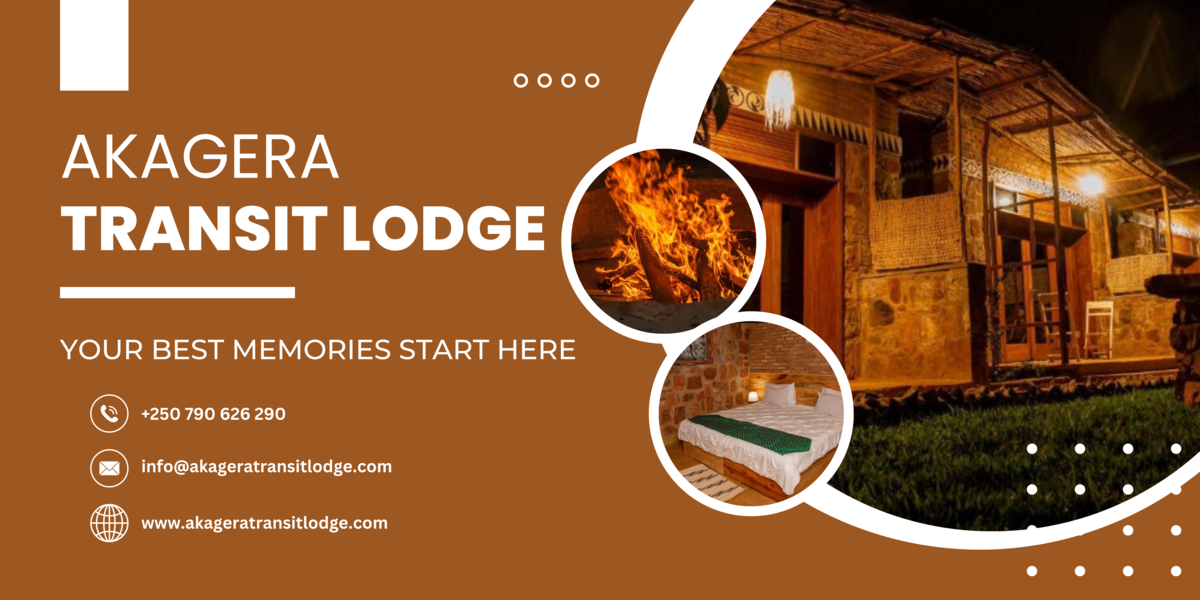Akagera National Park: Where to Stay
This series’ finale is designed to make you aware of accommodation options in the Akagera National Park. Spending a night or two in this wildlife habitat will create memories you will cherish for the rest of your life. Without further ado, let’s take a look at places to stay.
Muyumbu Campsite
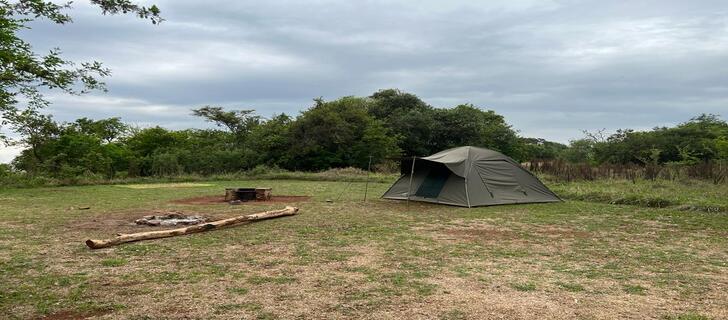
Muyumbu Campsite is set up on a ridge overlooking lakes Ihema and Shakani. From this vantage point, you can also see Kagera River and parts of Tanzania’s Kagera Region.
Muyumbu is fenced. Its electrified wire will make you feel safer. The zap sounds produced by electrocuted insects serve as an assurance that your canvas tent is not the only thing separating you from lions.
When you unzip your tent in the morning, you will be awestruck by the colorful sunrise. As the tender sun ushers in a new day, gleams of crimson rays on the surface of Lake Ihema will undoubtedly brighten your day.
Shakani Campsite

This campsite is found on the shore of Lake Shakani. Shakani campers wake up to hippo grunts and songs from those birds I always write about. It is here where my hippo-watching stopover, documented in Part IX, took place.
Shakani Campsite has running water, flushing toilets and solar-heated showers. Unlike Muyumbu, this campsite is not fenced. However, there is a barrier preventing dangerous aquatic animals from accessing the site.
Shakani Campsite’s proximity to Lake Ihema makes it easy for campers to add boating to their itinerary. Group rides are offered four times a day, but tourists are free to book private tours.
Mutumba Campsite

Mutumba Campsite is found in the northern part of the park. It is an ideal location for those who need to camp after a long south-north game drive. Being close to Nyungwe Gate makes it easy to exit the park early.
This campsite is named after the hills on which it is found. Set up on the highest point of the park, the surrounding vista is breathtaking. This spot is popular with photographers in pursuit of stunning sunrise and sunset shots.
On one side of the hills, you will see a cluster of lakes, Kagera River and parts of northwestern Tanzania. On the other side, you won’t get enough of the picturesque northern highlands. When the sky is clear, Muhabura volcano can be seen too.
Mihindi Campsite
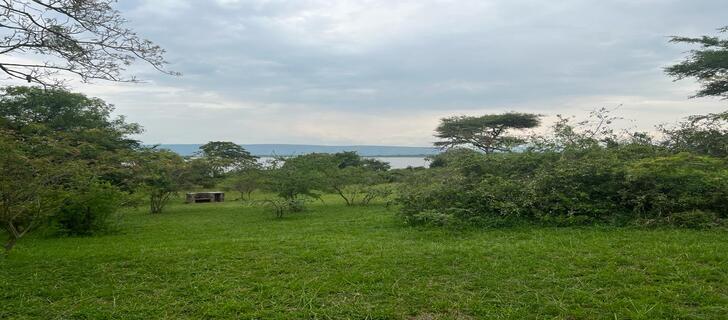
This is the only campsite that encompasses a coffee shop and a manicured picnic garden. The on-site café, coupled with running water and solar-heated showers, create an unbeatable package.
Mihindi is my favorite campsite in the park. While southern campers can hire tents from the park’s headquarters, Mihindi ones are required to bring their own tents and the rest of the gear. Plans are underway to make tents for hire available at the campsite.
Lake Mihindi is stunning. The view of its shuffled waves and a backdrop of lush vegetation, not to mention its picturesque island, will take your breath away.
Ruzizi Tented Lodge
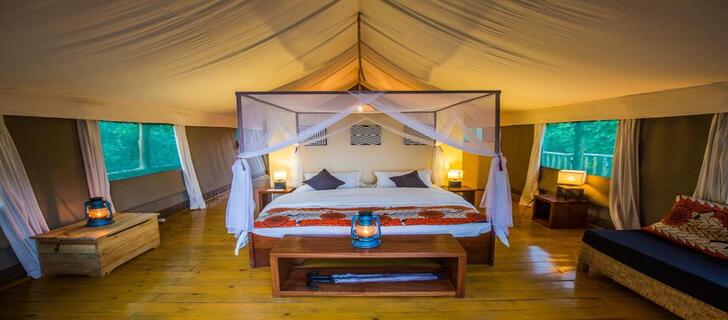
Mantis Akagera Game Lodge
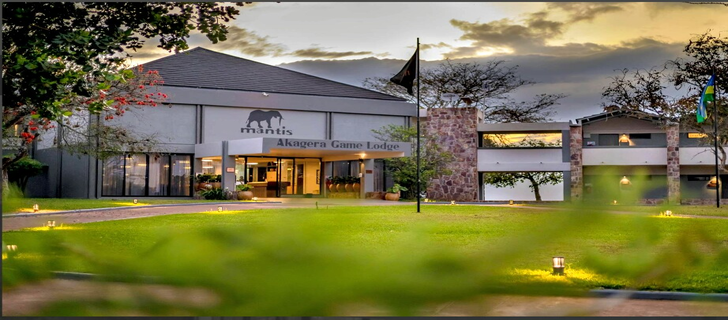
Karenge Bush Camp
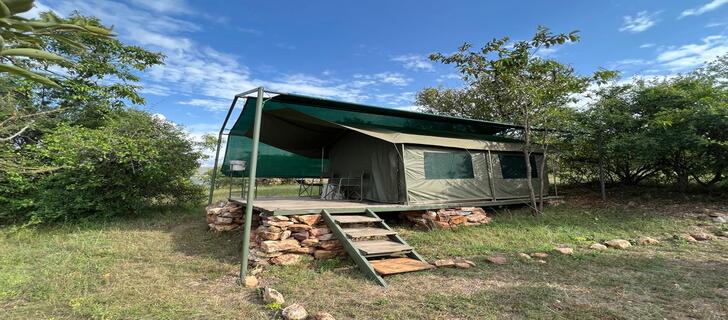
Pieces of stones are used to build pillars supporting wooden floors. This combination of stones and wood form the bases on which tents are erected. The said construction materials blend perfectly to reflect the environment nature enthusiasts yearn for.
From the camp, guests soak up the view of Kilala Plains, Lake Rwanyakiziga and Magashi Peninsula. Using a pair of binoculars, one can zoom in herds of buffaloes, giraffes and other animals.
Karenge Bush Camp can accommodate up to twelve people at a time. Each tent has an open toilet and an equally unenclosed solar-heated shower. The freedom experienced in this bush camp takes away the need for extra privacy.
Magashi Camp
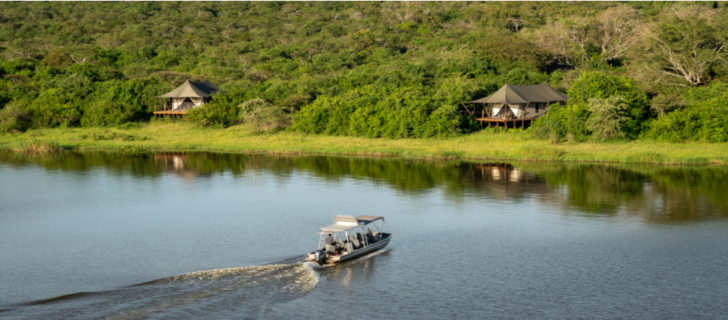
Located on the bank of Lake Rwanyakazinga, this luxury glamping facility offers one of the best ecotourism experiences in Rwanda. From the camp, guests soak up the view of the lake and the backdrop of the surrounding birding sanctuary.
Magashi Peninsula is one of the greenest parts of the park. The lush geographical feature boasts rich biodiversity. From birds to large mammals, Magashi is home to a wide range of species.
From the lake, Magashi’s tents look like nests on the verge of being swallowed by the thick vegetation cover. The high-end facility, managed by Wilderness Safaris, attracts loaded tourists in pursuit of unmatched wilderness experiences.
